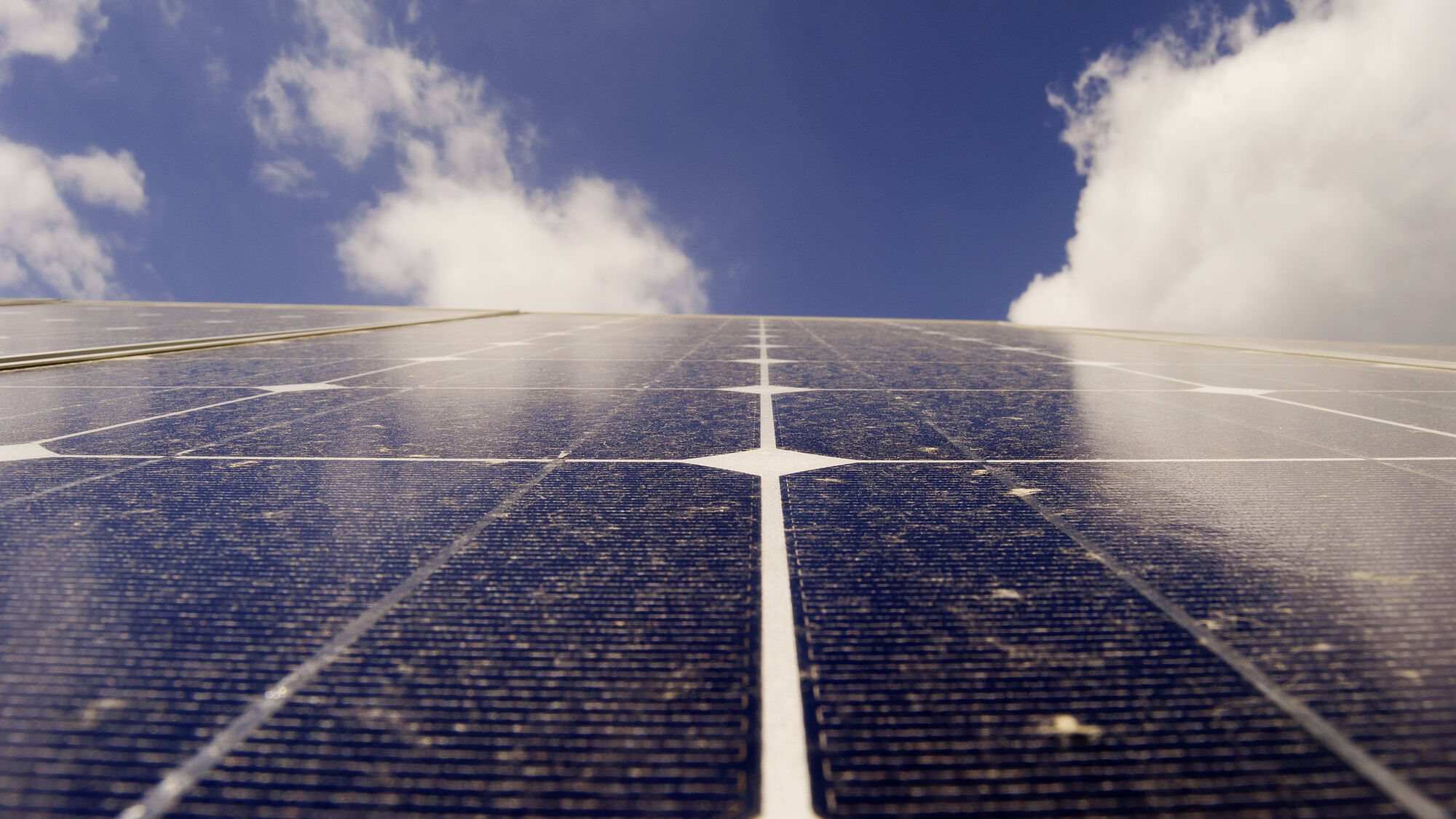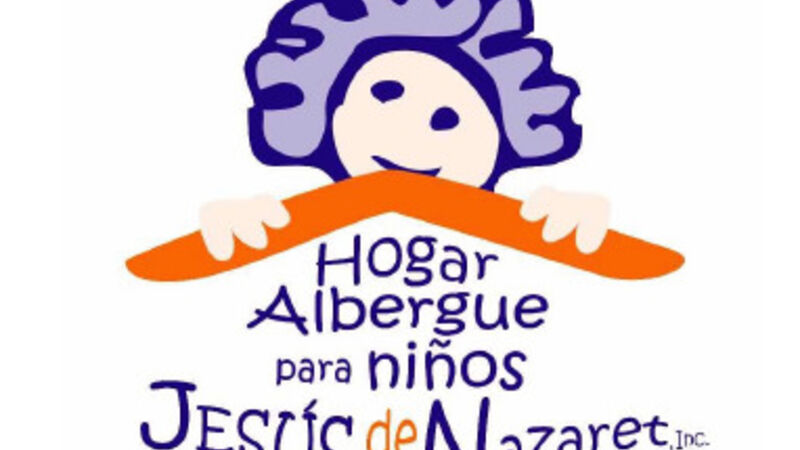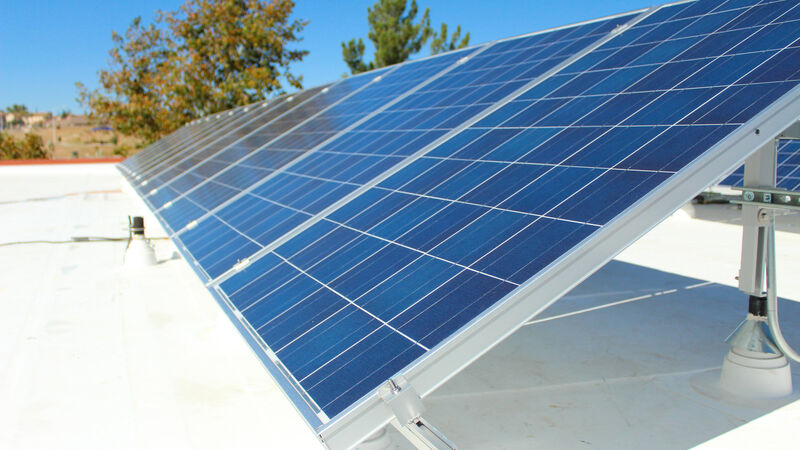
Solar Project in Puerto Rico
It didn't take long to say yes.
A brief loss of sanity and my passion for a sustainable future led me to back to graduate school this year. Shortly after our first semester, an opportunity came up to engage in a capstone project to design a solar photovoltaic (PV) system for a not-for-profit youth home for abused children in Puerto Rico.
The mission of Hogar Albergue para Niños Jesús de Nazaret is to provide shelter, food, transportation, health care, education, recreation, social and psychological services to children who are victims of abuse; currently hosting 14 children. In late January of 2018, myself and two other graduate students in the Sustainable Systems Engineering program at UW-Madison said “yes” to this project and began the design process. Recently, UW Madison Engineers Without Borders (EWB) student group and another Affiliated Engineers employee, Alberto Cordero from the EWB professional group have joined in the effort.

A Little Background
According to the Energy Information Administration (EIA) in 2017, 47 percent of the island’s energy was generated from diesel fuel, 34 percent from natural gas, 17 percent from coal, and the remaining 2 percent from renewable energy sources. Coupled with the facts that the residents pay one of the highest cost per kilowatt-hour of any state and power outages remain a constant threat, solar is an attractive option for many of our 3.5 million fellow citizens in Puerto Rico.
What might be lost in the recent news is that much of the water delivery system is directly tied to the electrical system. When there’s no power there’s no air conditioning, there are no lights, and, most importantly, there’s no water. Which makes this project, even more, pressing for these eleven kids and 24-hr per day rotating staff.
Our Goal
The goal is to not only help these children but to provide a model for a viable solar installation project that can be replicated by other non-profit organizations or charities. This project is expected to significantly reduce their $1000 per month energy bill, provide consistent power to for fresh water, and a few other critical loads during future outages. What makes this challenging is that the system has to be robust enough to survive the next hurricane that will invariably come. We think it’s possible to design and implement on-structure and off-structure (think solar over parking) solutions, that are robust and can be replicated over and over.
Follow Us
There’s still much to do on the design, and we’ve just begun fundraising. We plan on having the design finalized in May 2018 and depending on how much money we raise, an installation in fall 2018.
